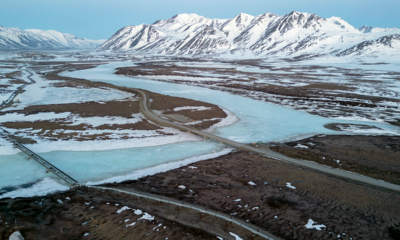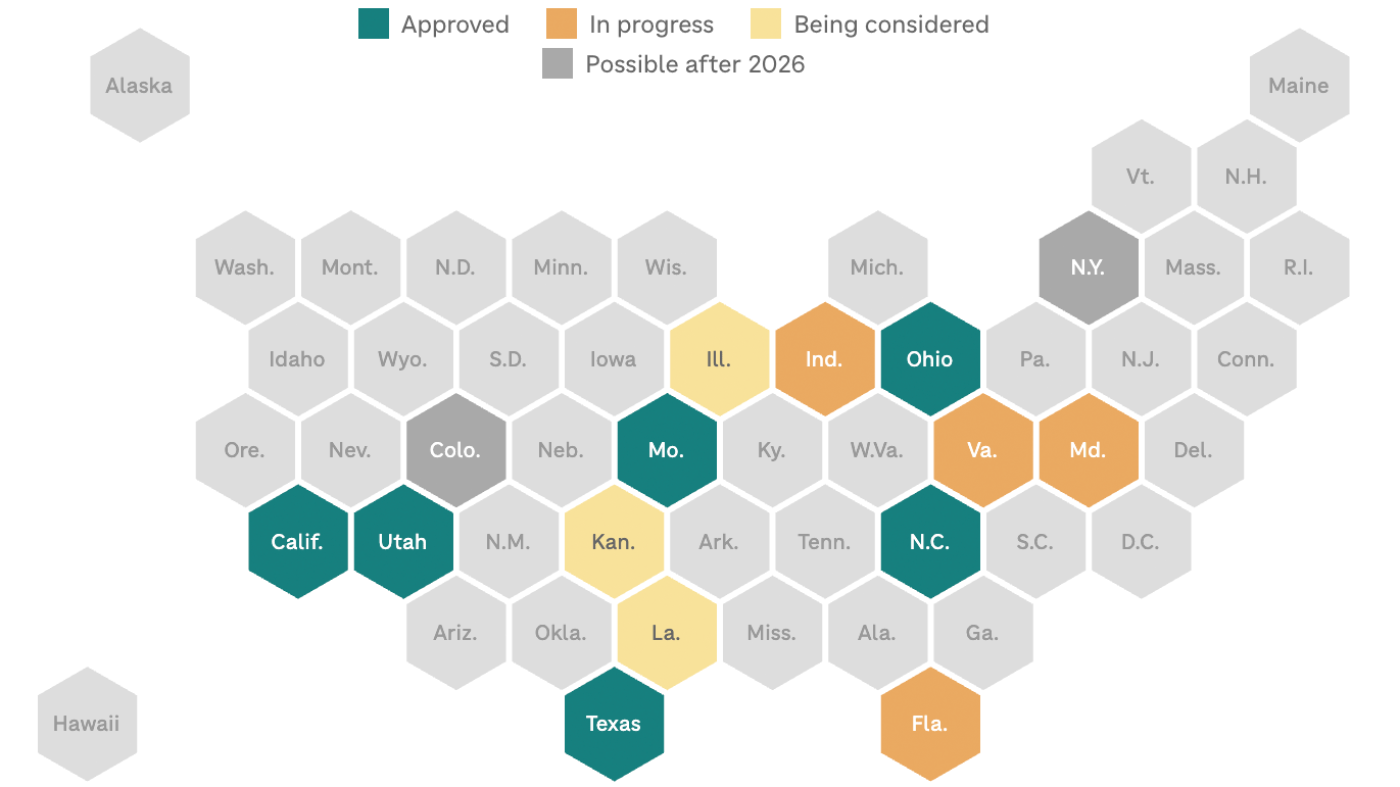JUNEAU — A Homer state legislator apologized Monday on the House floor for suggesting last week that Alaska Native justice advocates exclude white women.
Rep. Sarah Vance, a Republican, made the comments during a House Tribal Affairs Committee hearing last Wednesday about the disproportionate rates of domestic and sexual violence experienced by Alaska Native women in rural Alaska. Advocates flew into Juneau last week to encourage lawmakers to address the state’s crisis of missing and murdered Indigenous people.
“What I hear in this committee is that Alaska Native women feel that it’s exclusive to your experience. Because it sounds exactly what I have heard of white women in my community. It’s the same thing,” Vance said last Wednesday. “But what I continue to hear in this committee over and over again, as if you’re the only one. And I know that’s not your heart.”
Rep. CJ McCormick, a Bethel Democrat and a member of the GOP-led majority caucus alongside Vance, responded last Wednesday that he was “at a loss for words” after hearing her comments.
On Monday, McCormick said that he and Vance had spoken, and that he better understood where she was coming from. But it was hard to hear those comments after the committee had heard more than an hour of “powerful, and very personal testimony” about the public safety crisis facing Alaska Natives, and the challenges to seek justice in rural Alaska, he said.
Members of the Alaska Native Justice Network told the committee that in 2020, Alaska Native women were 10 times more likely to be killed by men than white women. More than half of Alaska Native women reported having experienced sexual violence at some point in their lives.
The Alaska Beacon reported that Department of Public Safety Commissioner James Cockrell told lawmakers last Tuesday that it was “shameful” rural Alaska had received disproportionately less law enforcement resources since statehood.
“We’ve closed our eyes and allowed rural Alaska to be seriously victimized,” he said.
Vance, who has championed for lawmakers to address human and sex trafficking in Alaska, noted in her comments the “incredible gap” Alaska Native women experience in accessing resources for justice. But she encouraged Indigenous advocates to remember that they have “white sisters who are going through the same thing.”
“There’s clearly a mass of Alaskan Native women who have been abused at very high rates. But I can tell you, there are innumerable white women who have the same internal experience of the trauma that Native women have expressed,” she said last Wednesday.
• • •
[Watch the remarks:]
• • •
Fairbanks Democratic Rep. Ashley Carrick said after Vance’s comments, that as a white woman, it hurt her heart to hear about the disparities facing Alaska Native women.
“And while the suffering is the same for victims, the causes of that violence are not the same. And the response to that violence is not the same. And the justice for the victims is not the same,” she said.
Five days after the committee hearing, Vance apologized on the House floor on Monday for comments she said were “less than gracious,” adding, “What I should have said is that evil does not discriminate.”
“When we talk about sexual violence and justice, it’s messy and dirty, and my words created offense,” Vance said. “It is not my heart or my intention to ever create an offense, especially on such a deeply important topic to Alaskans. I in no way want to dishonor the voice of the victims of sexual violence, or the Alaska Native voice, who has been crying out for justice for so long.”
At around the same time as Vance apologized on the House floor, the Democrat-dominated House minority caucus issued a prepared statement to the media, demanding that she apologize for the comments they described as “appalling.”
Vance said Monday evening that her apology was a sincere attempt to bring healing, but she said the House minority had chosen to politicize her comments, which she said was “disgusting.”
Fairbanks Democratic Rep. Maxine Dibert, the only Alaska Native woman currently serving in the Legislature, said in a brief interview earlier in the day that she had been “very hurt” by Vance’s comments. She said she appreciated Vance’s apology, but she wished it had been made to her in private first.
Dibert said that violence against anyone is horrible, but the disproportional rates of violence experienced by Alaska Natives makes the situation unique.
Carrick said by phone that she appreciated Vance’s humility in apologizing, but she said that “there’s a deep need to acknowledge the continuing disparity around missing and murdered Indigenous persons in Alaska.”
• • •

:quality(70)/cloudfront-us-east-1.images.arcpublishing.com/adn/ZOSGJNWHZRCLHPW72GKZSMT2EM.jpg?ssl=1)


































